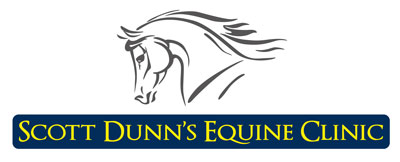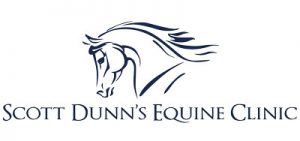Our diagnostic suit comprises of:
- Portable digital radiography.
- Ultrasound scanning including doppler imaging.
- Fibre-optic video-endoscopy (gastroscopy).
- Portable electrocardiography.
- Diode Laser for sarcoid removal.
Comprehensive poor performance and lameness examinations may require your horse to come in to the hospital. This will allow more exploratory and time-consuming investigations to be performed more thoroughly.
The vet may start with nerve or joint blocks and the clinical examination is usually followed up by one or more types of diagnostic imaging such as X-rays and ultrasound scanning, using our state-of-the-art equipment. In some cases your horse may need to be ridden in order to fully evaluate the condition. We have a purpose built arena and excellent facilities for trotting up and lunging.
Your horse may need to stay overnight so the examination can continue the next day. We work closely with your farrier and can use our own consultant farriers in some cases.
Things to consider when bringing your horse in to the hospital:
- Check with your vet whether you should continue to administer any medication before the examination.
- Bring the horses passport, tack and lunging equipment in case.
- Be prepared that shoes may be removed and at some stage your horse may have small areas clipped.
- Clients are welcome to stay during the work-up if they wish, but due to lameness investigations sometimes taking several hours, it may be preferable to leave your horse at the clinic and pick it up on the same evening or the following day.
- If staying overnight, bring any medication, supplements and rugs where necessary.


